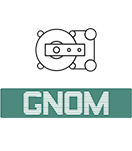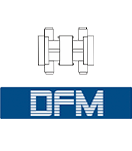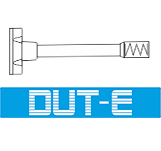Truck telematics solution by Technoton is aimed on monitoring cargo status and performance of a freight truck and helps to improve fleet management system of a business. By equipping trucks with Technoton’s telematics hardware, fleet manage/company owner gets an opportunity to:
- Track route and location of the trucks using GPS
- Detect risky driving, speeding, leaving the route
- See cargo weight and prevent unauthorized cargo loading or unloading
- Monitor current axle load and avoid fees for exceeding maximum load per axle
- Improve efficiency of fuel consumption and increase fuel economy
- Detect fuel theft from truck’s tank or engine fuel system
- Monitor engine health, detect DTCs or other ECU errors
Truck telematics helps to reduce expenses on vehicle maintenance by using predictive maintenance approach – i.e. carrying out truck maintenance depending on real operation modes of engine, replacing fuel filters, tires and other consumable items when they are really actually worn out, rather than using schedule-based approach.
Truck telematics hardware

Features of truck telematics system
Vehicle power supply monitoring
- Voltage vehicle power supply monitoring
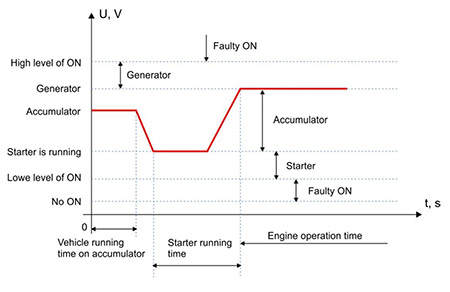
- Current mode of power network
- Operation time of vehicle in different power network modes
- Quantity of engine starts
- Exceeding permissible time of continuous operation of starter
Fuel volume monitoring
Fuel volume monitoring in the fuel tank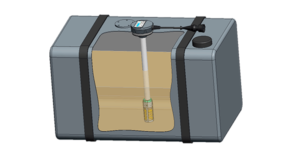
Monitored Parameters and Events:
- Fuel volume in each fuel tank or compartment, L or %
- Fuel level, mm
- Temperature in each fuel tank or compartment
- Volume of fuel, refueled at fuel stations, volume of stolen fuel
- Locations of refueling a tank and draining fuel
- Detection of adding extraneous liquids to fuel in the tank
Axle load monitoring
Cargo weight monitoring system consists of axle load sensors, which are mounted on the most loaded axle and sometimes both on the rear axle/rear bogie and front axle of vehicle. Load monitoring system allows the owners of fleet to avoid traffic fines for overload and to monitor cargo transportation process in details, receiving data like that:
- Current axle load
- Excess of load per axel and overall vehicle overload
- Total cargo weight and total vehicle weight
- Loading/unloading events’ location on map, with time stamp
- Number of cargo loadings and unloadings
![]()
![]()
![]()
Route and location tracking
![]() Route and location tracking by GPS/GLONASS provides detection of the current location of vehicles, identification of speed and direction of movement, determine passing of checkpoints and entries/exits from geozones.
Route and location tracking by GPS/GLONASS provides detection of the current location of vehicles, identification of speed and direction of movement, determine passing of checkpoints and entries/exits from geozones.
Storage of the data on the route and movement of vehicles allows to analyze the effectiveness of the selected routes, promptly make changes to the current route, as well as identify and stop carrying underhand cargo.
Data about current location is available at Virtual dashboard ORF4. You may also receive alerts or even Reports on driving route via e-mail, messengers, social media, SMS.
Engine monitoring and diagnostics
![]() Reducing maintenance costs allows the fleet to improve the efficiency of vehicle operation and to send the released funds to the further development of the enterprise.
Reducing maintenance costs allows the fleet to improve the efficiency of vehicle operation and to send the released funds to the further development of the enterprise.
The engine is monitored by taking into account data received from fuel flow meters (from fuel line) and data received from CAN bus (SAE J1708 in case Volvo and Renault trucks).
Monitored parameters and Events:
- Engine running time in “Idling”, “Optimal”, “Overload” modes of engine operation
- Current engine rpm speed, engine overspeed
- Oil temperature and pressure, coolant temperature
- Diagnostic Trouble Codes (DTC)
Fuel consumption monitoring in the fuel line
Monitored Parameters:
- Actual fuel consumption in the fuel line with measurement inaccuracy not more than 1-3%
- Fuel consumption in different operation modes: “Idling”, “Optimal”, “Overload”
- Detection of attempts of tampering data and interference in the flow meter operation
*depends on fuel flow meter model and mounting layout in the fuel line
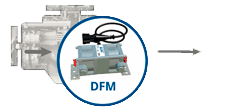

Graph of the hourly fuel consumption
Used products
